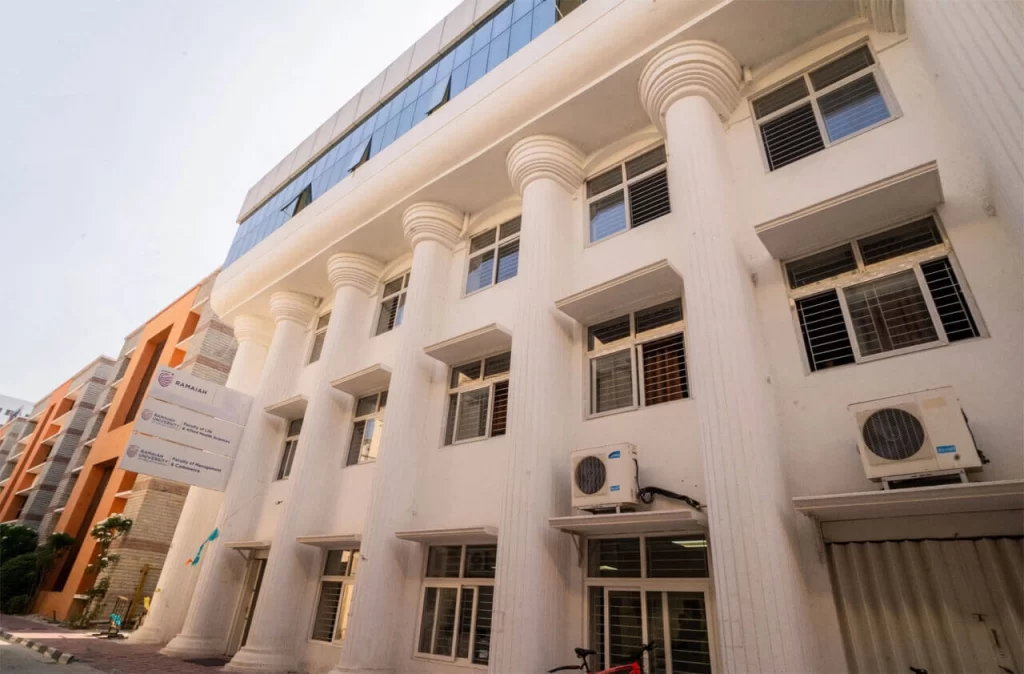In a significant policy shift, the National Assessment and Accreditation Council (NAAC) has announced the immediate cessation of physical inspections for colleges, opting instead for comprehensive virtual evaluations. This strategic move aims to eradicate corruption and streamline the accreditation process within India’s higher education system.
The decision follows recent Central Bureau of Investigation (CBI) arrests involving allegations of bribery within the accreditation process. Notably, members of the Koneru Lakshmaiah Education Foundation (KLEF) were implicated in offering bribes to NAAC peer inspectors to secure favorable ratings.
Prof. Anil Sahasrabudhe, NAAC’s Executive Committee Chairman, emphasized the importance of this transition:
“We decided to do all it takes to weed out elements of corruption. Cancelling physical visits will arrest the problem in a huge way. So many inspection visits take place every week, and it was very tough to monitor what transpired during these visits. Now, all this will be recorded.”
For universities, NAAC will adopt a hybrid evaluation model, combining virtual assessments with selective on-site visits to maintain direct oversight where necessary.
Introduction of New Accreditation Frameworks
In addition to the shift towards e-inspections, NAAC is set to launch new accreditation models aimed at encouraging institutions to enhance their academic and research capabilities. The Basic (Binary) Accreditation Model, initially recommended by the K Radhakrishnan Committee, is now scheduled for implementation in April-May 2025. This model will be complemented by the Maturity-Based Graded Levels (MBGL) system, which is currently being finalized by special committees. citeturn0search0
Approximately 650 institutions are currently in the accreditation queue under the existing grading system. Of these, nearly half are undergoing their second accreditation cycle and have been given the option to retain their current grade until the new system is in place. First-time applicants will have the choice to opt for the new basic accreditation model.
NAAC Director Ganesan Kannabiran described the shift to online inspections as a decisive measure against corruption:
“NAAC’s peer review system faced a challenging situation due to the recent CBI case. These are undesirable to the higher education system, and NAAC, being a quality assurance agency, is determined to eliminate such practices through definitive actions.”
Conclusion
NAAC’s transition to virtual inspections and the introduction of new accreditation frameworks represent a significant effort to enhance transparency, objectivity, and integrity within India’s higher education accreditation process. These initiatives aim to restore trust and uphold the quality of education across the country.



0 Comments